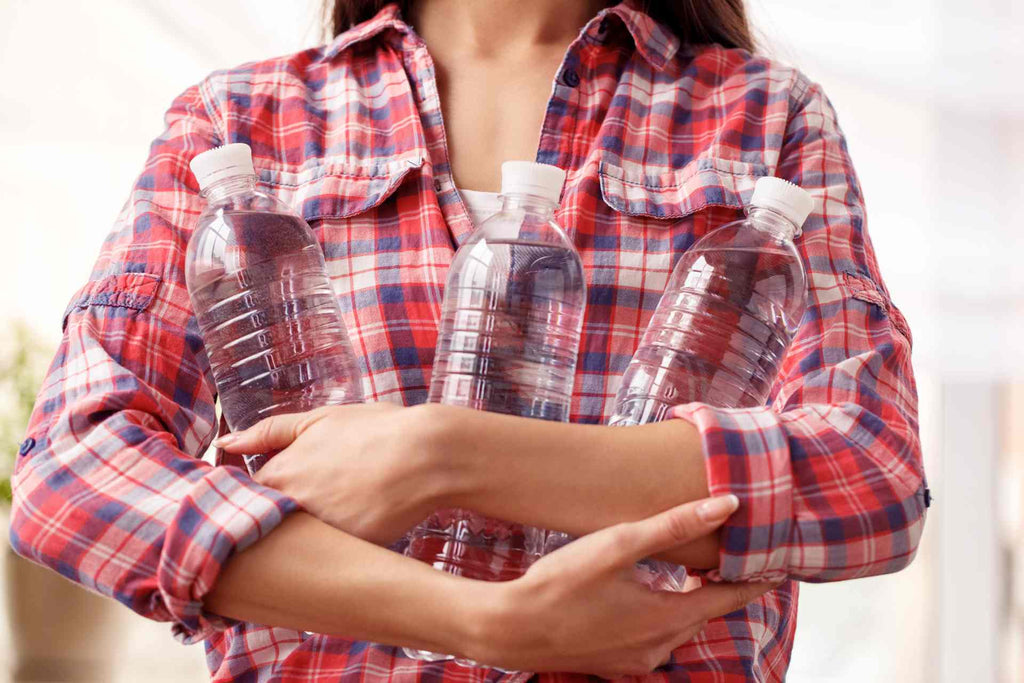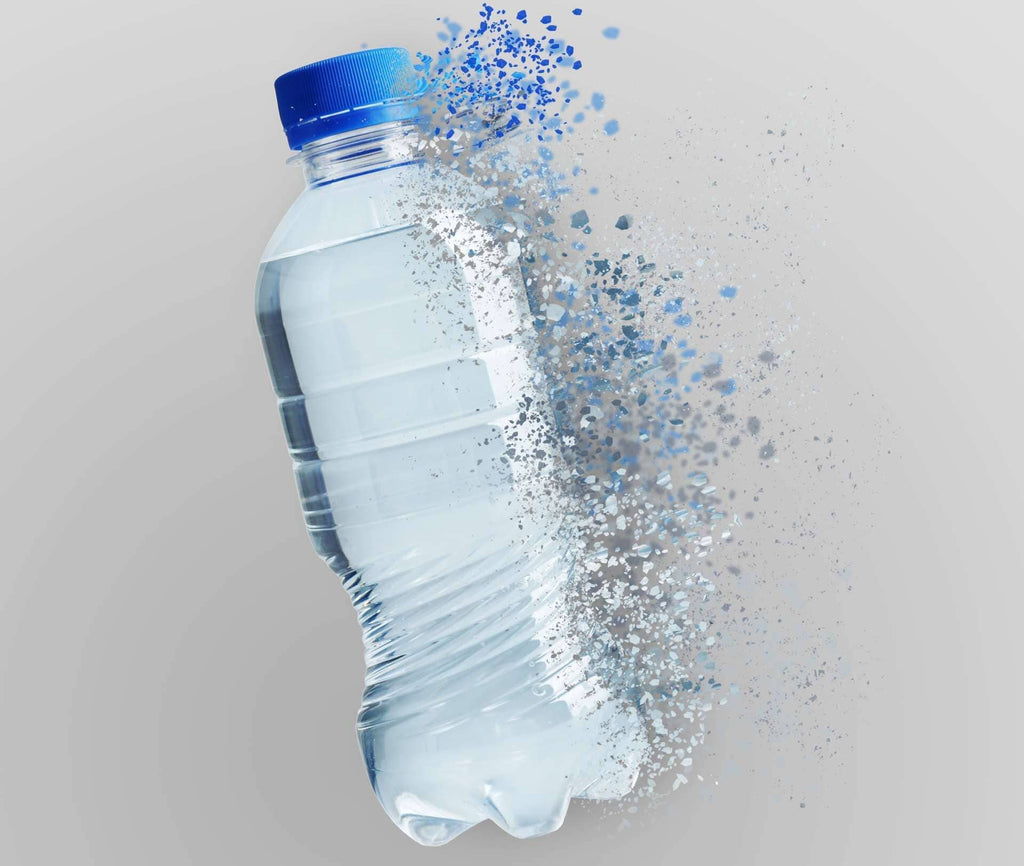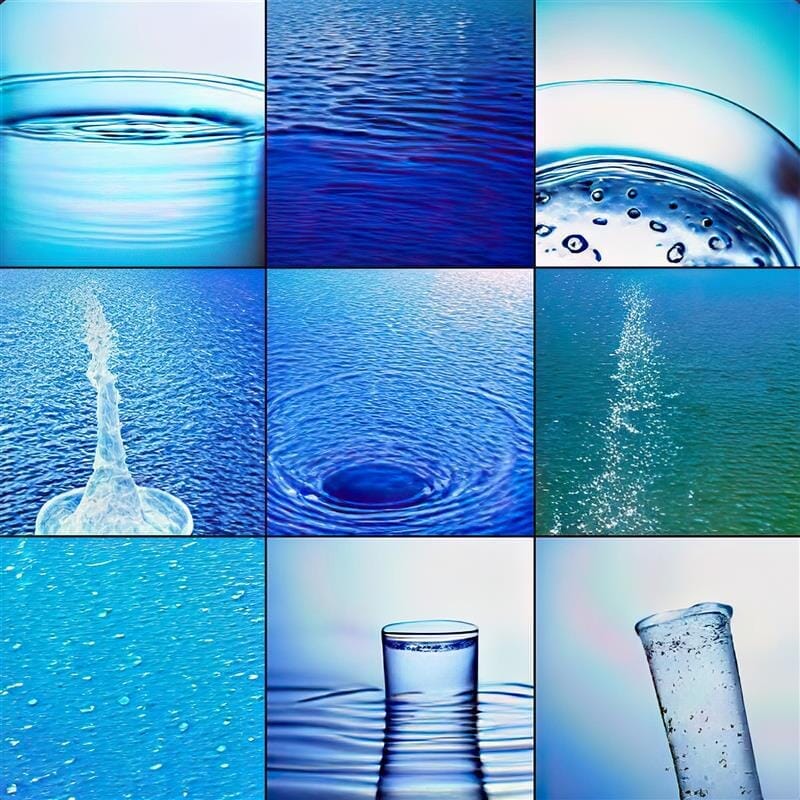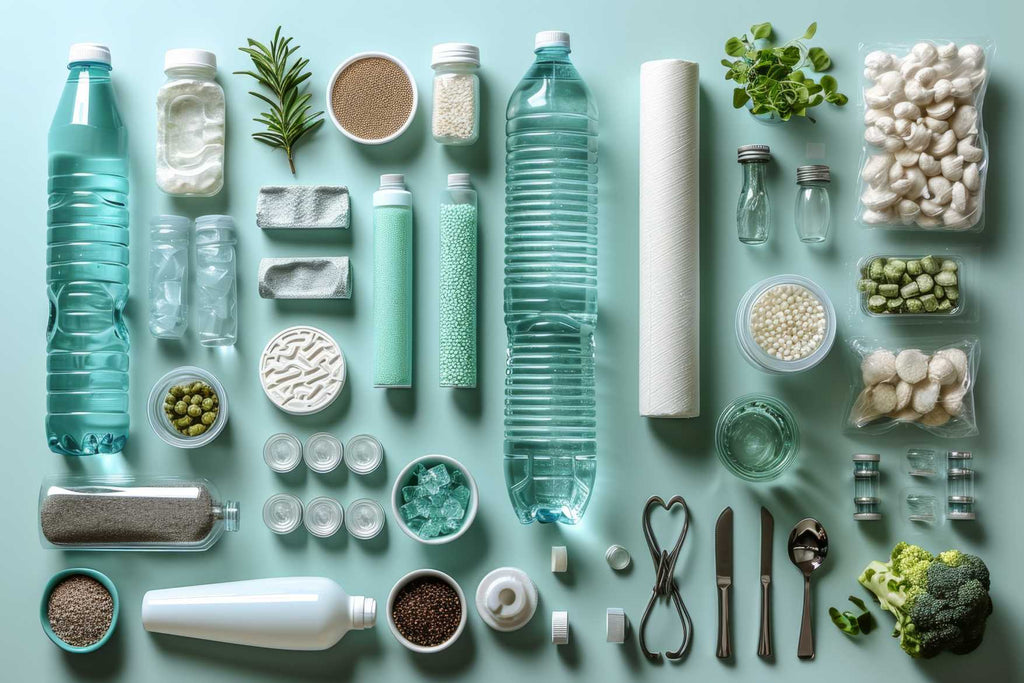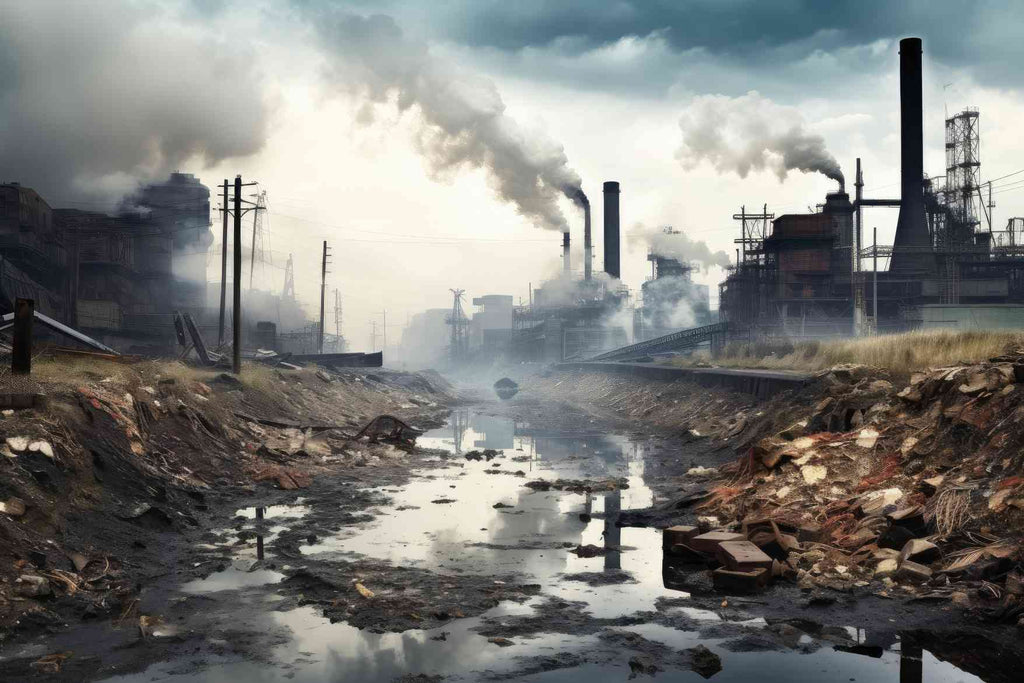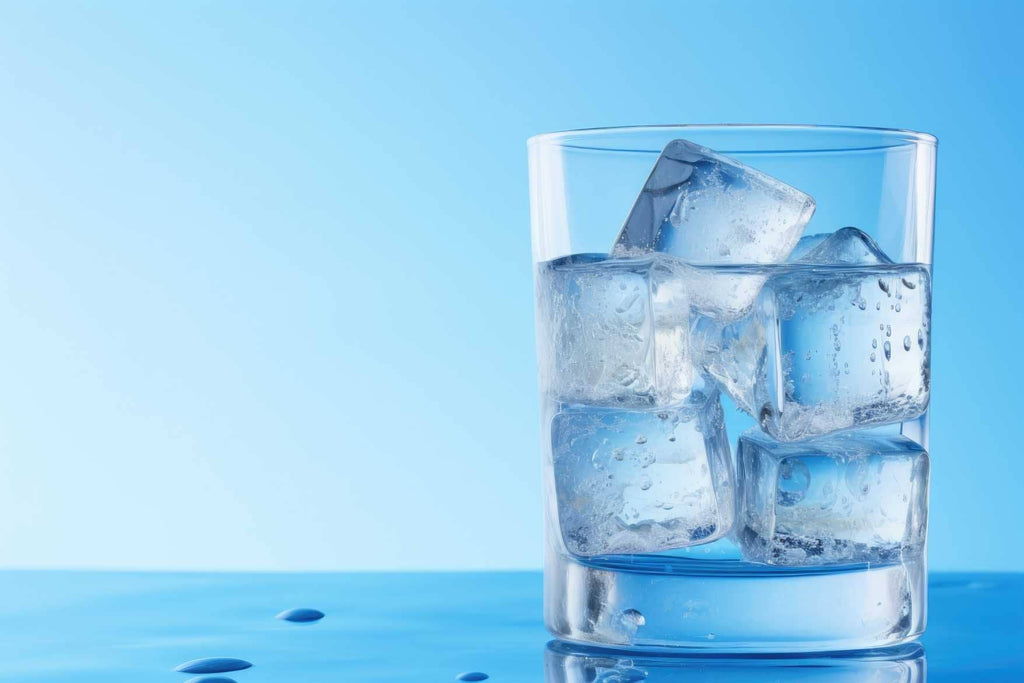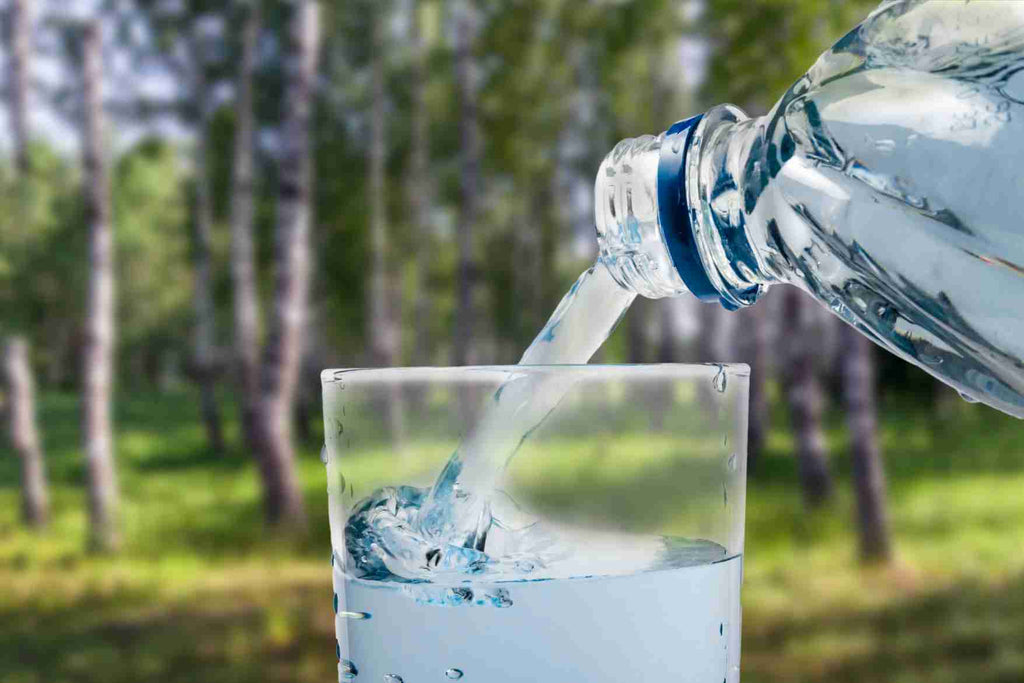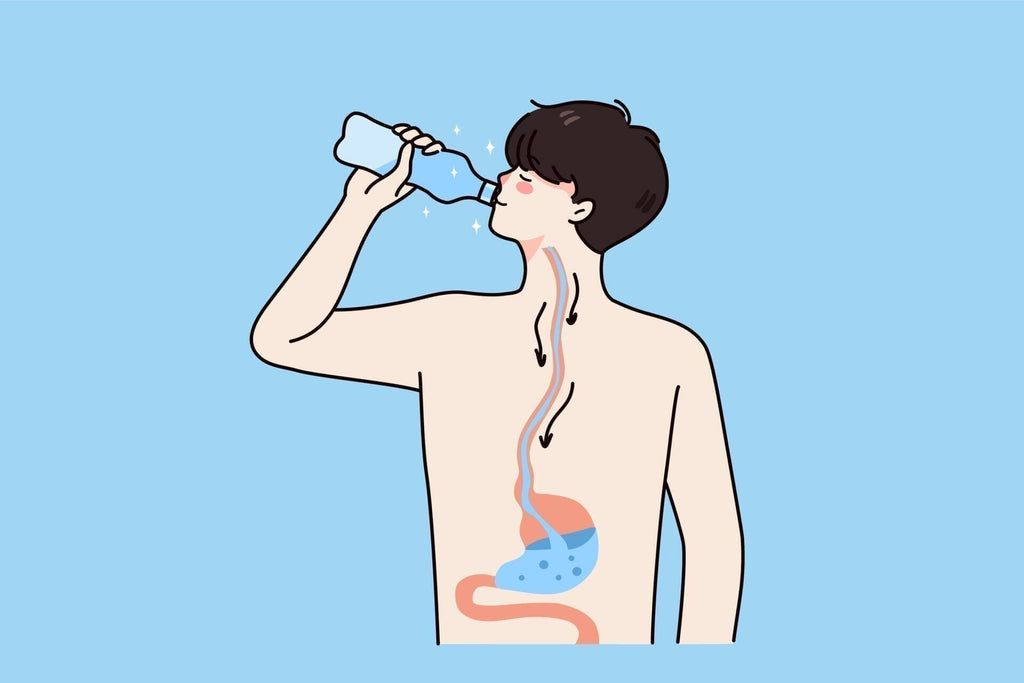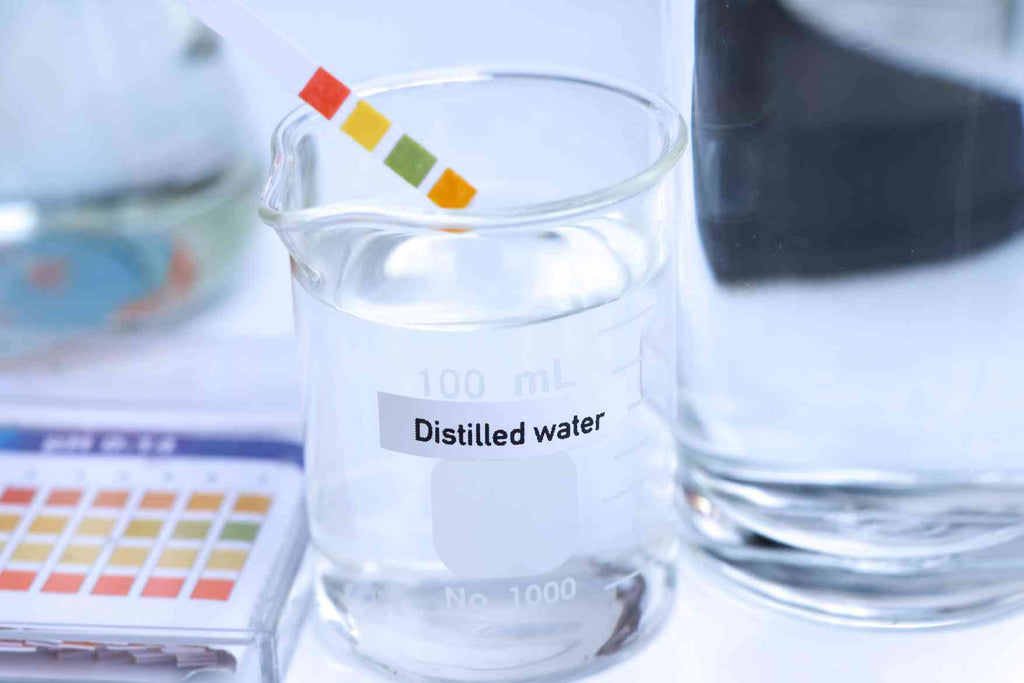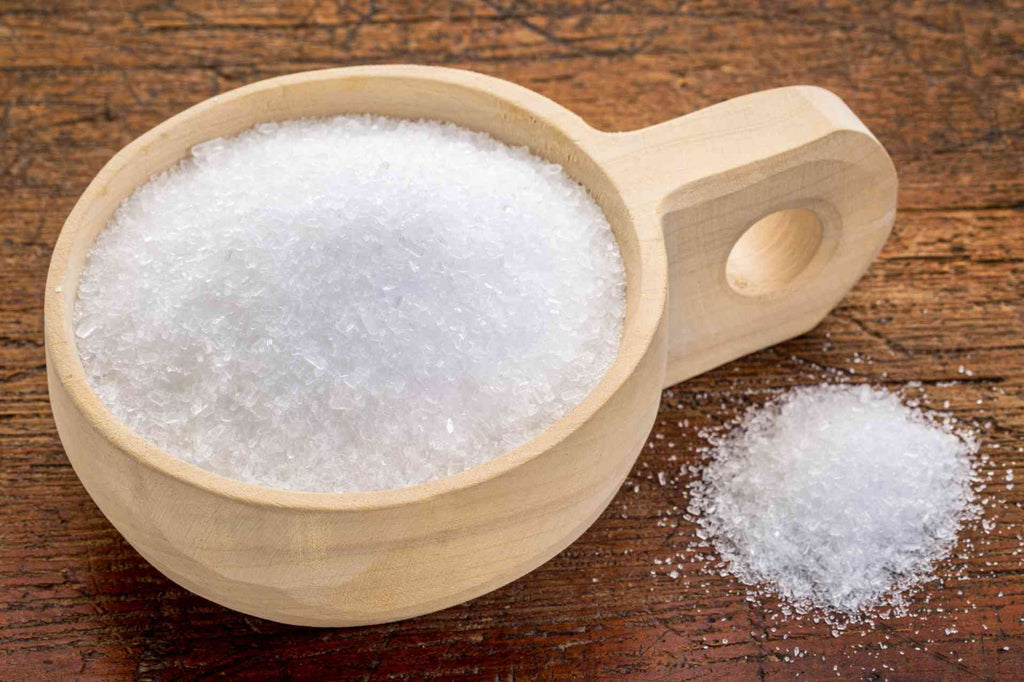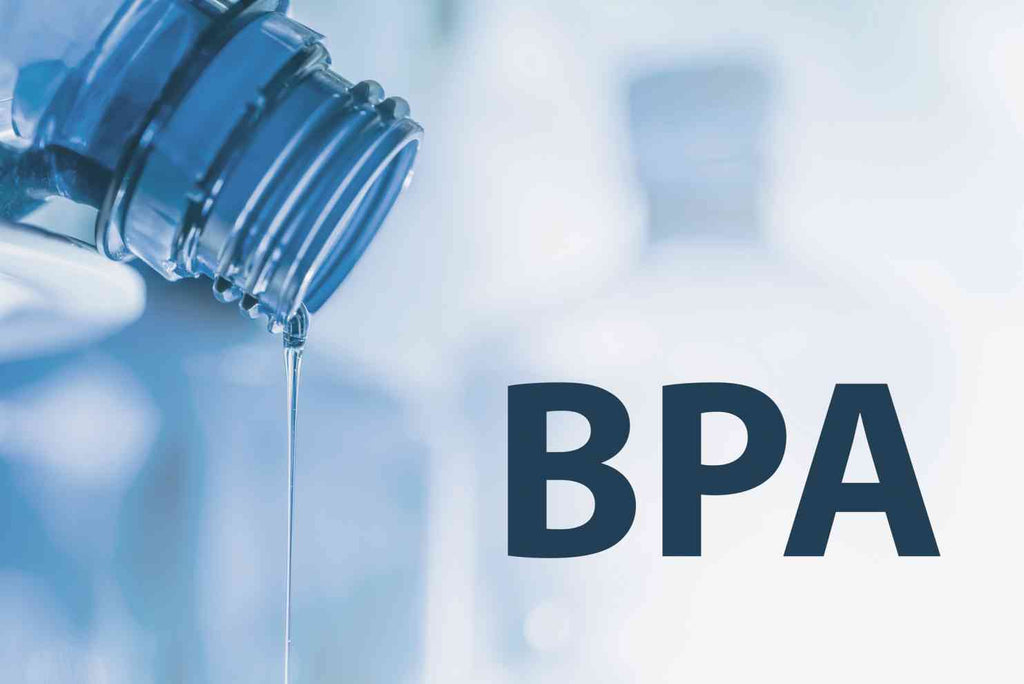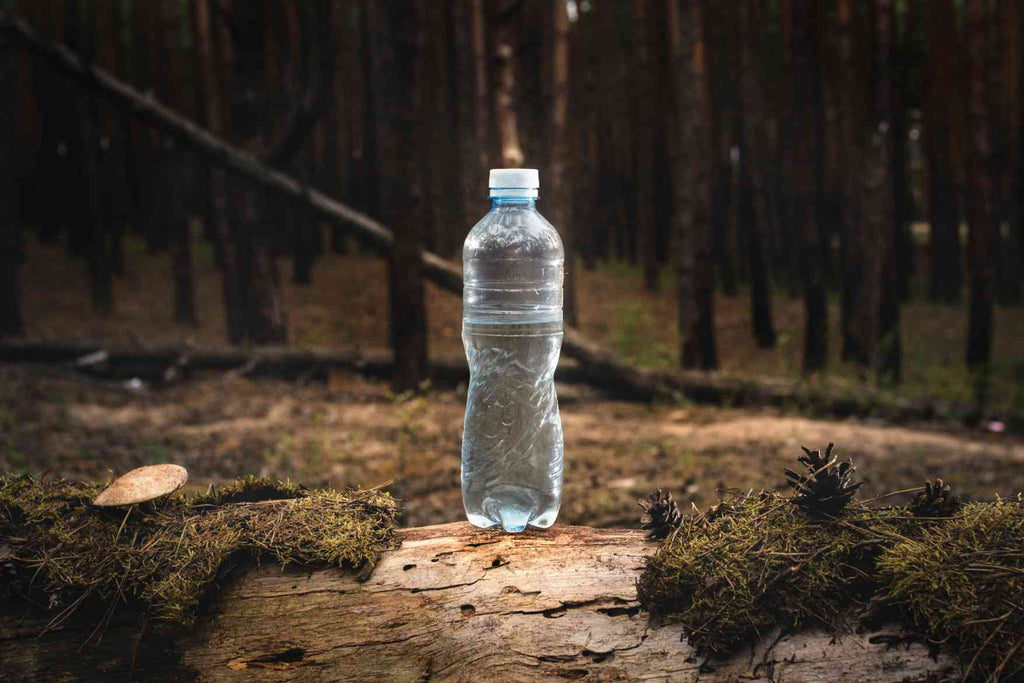All About Water - Water Quality, Water Filter, Water Resources and Issues
How Water Filters Help the Environment: 7 Big Ways Filtered Water Makes a Difference
Generally, bottled water is marketed as a cleaner and safer option. In reality, though, it is one of the most significant causes of plastic pollution worldwide. People purchase over 600 billion plastic bottles each year. Most of them are used once and then thrown away. Sadly, many of them end up in landfills, rivers, and oceans. This is where they take hundreds of years to break down. And that right here is really the problem. But that's not all. It is not at all just a question of waste. The manufacturing and distribution of bottled water require the burning of vast quantities...
Is Hot Spring Water Good For Drinking? The Real Benefits and Hidden Risks of Drinking Mineral Waters
Hot springs are known around the world, and for thousands of years, people have visited them in search of healing and rejuvenation. From the foggy mountain hot springs in Japan to the marble-tiled Roman baths, it has been recognized that hot springs are considered the "nature's medicine", relaxing, restoring, and healing. These geothermal delights have given rise to tales, rituals, and perhaps an introduction to wellness tourism. But, as the modern traveler may drink, bathe in, and bottle this so-called "miracle water", one vital question arises: Can we drink hot spring water safely? We will cover the cultural background...
The Cost of Clean Water – What Americans Really Spend on Bottled Water vs Filtration
Every year, Americans spend more money on bottled water than on gasoline. But is it worth it? Since then, bottled water has been advertised as the icon of convenience and purity. It is most convenient to carry a plastic bottle of cold water to stay hydrated on the road. The convenience is not only expensive financially but also environmentally damaging. At first glance, the price of bottled water might seem low, but in the long run, it is the opposite. The cost of clean water is considerably higher than Americans assume, in terms of the money paid, transportation costs, and...
Microplastics in Bottled Water: What New Research Reveals About Plastics in Our Water
According to recent studies, a liter of bottled water can contain hundreds of thousands of microplastic particles, including nanoplastics. In fact, a landmark 2024 study by Columbia University and Rutgers University discovered that an average liter of commercially bottled water had almost 240,000 plastic fragments, the majority of which were nanoplastics (far smaller than microplastics). This shocking fact provokes serious questions regarding microplastics. How are they getting into our bottled water? What were the possible health impacts and implications? And what can we do about it, more specifically? This article will discuss what researchers are discovering about the presence of...
How Staying Properly Hydrated Can Help You Age Healthier and Stronger
For years, people have been searching for new anti-aging creams, supplements, and weight loss diets. But the powerful source of aging healthier and stronger has been streaming from our taps throughout: water. Satisfying thirst is not only about maintaining adequate fluid intake. Maintaining good hydration is crucial to how our bodies age, not only for preserving our cells' health and our muscles' strength, but also for keeping our brains sharp and our skin supple. Nevertheless, the majority of older people are unable to sustain their daily water intake, and this mere carelessness has cumulative effects that persist into our later life. The article...
What Are The Different Types Of Water? Exploring Which One Is Right for You
Honestly, we hardly even know the water we're drinking. We just turn on the faucet, swallow it down the throat, or grab a glass of water from a filtered fountain, and we're good to go. What you don't realize, though, is that not all water is created equal. Where it is made, how it is made, and even what minerals it contains can vary. How so? Well, it affects the way that it will taste, the way that it will be in your body, and the way that it will affect your overall health. And then there are numerous choices these...
What Are Examples of Synthetic Organic Chemicals (SOCs) in Everyday Life?
Synthetic organic chemicals, or SOCs, are man-made molecules constructed around the element carbon. One thing about them is that they do not naturally exist. Instead, they are manufactured in factories and laboratories for specific functions. From our clothing to the cleaners we use, SOCs already reside in our daily lives, whether we acknowledge them or not. The issue is that none of us is even aware of how frequently we are exposed to them. They can find their way into our food, our homes, and even the water we drink. Sure, some are harmless in small quantities. However, we must still be...
What Are Examples of Volatile Organic Contaminants(VOCs) and Their Health Effects?
Volatile organic pollutants, or VOCs, surround us. But they're quite hard to see. They're literally in the air we breathe, the cleaning products we use throughout the house, and even sometimes in the water we drink. Have you ever seen them? Or let alone, felt them? The issue is that chemicals don't always make themselves visible. You don't have to spill paint thinner all over your living room carpet to be at risk. VOCs can gradually diffuse out of the furniture, flooring, cleaning solutions, and other household products. So what are they, then? Culligan Water. (n.d.). Where do VOCs come...
Is drinking cold water bad for you? What Are the Disadvantages of Drinking Cold Water?
Most people can't live without cold water. I, for one, prefer it cold to warm. There's just something so refreshing about it. When you've done a long walk outside or a grueling workout, nothing quite seems to quench your thirst like an ice-cold glass of water. It immediately chills you out. It's like a quick reboot for your body. For most people, it's second nature to opt for cold over room-temperature water. But, surprise! Not everyone loves it as much. In fact, some people completely avoid cold water. Some cultures are convinced that it will put the body off kilter or get you...
What Happens If You Drink 100% Pure Water? Is Pure Water Bad for You?
Would you ever drink a glass of water that is as clear as the sky? Literally, no minerals, no salt, and no hint of anything else in it. Pure water is typically achieved by distilling it, using reverse osmosis, or special water filters. At first, it may look like the most harmless drink for the human body. Pure water sounds safe. Most people even believe that the less water there is, the better it is for them. Is this true, though? Honestly, I used to think that too. Not until I started reading up on what actually happens when you...
Where Does Water Go When You Drink It? Discover The Journey of Water in Your Body
Approximately 60% of the human body is made of water. However, the most fascinating part is that every time you take your first sip of water, a remarkable biological journey begins. While most of us drink water every day without giving it a second thought, the process behind hydration is actually quite complex. From the moment the water touches your lips, your body initiates a highly harmonized process to absorb, distribute, and utilize this essential liquid. The question is: Where does the water go when you drink it? This article follows the whole journey of water in your body, starting...
Is Your Plastic Water Bottle Left in a Hot Car Safe to Drink? What happens If You Drink it?
Why This Everyday Habit Could Be Riskier Than You Think It is a hot summer day. After a day of running some errands, you get into your car and see your plastic water bottle left in the hot car waiting in the cup holder. The plastic feels hot to the touch, and you feel thirsty, so you take a drink. Sound familiar? It is something we have all done without a second thought. Ever wondered: Is it okay to drink the water in a plastic bottle that has been in a hot car? The simplest answer is that heat and...
What is The Best Option to Remineralize Distilled Water? How to Add Minerals Naturally?
What is The Best Option to Remineralize Distilled Water? How to Add Minerals Naturally? This is actually not new to people who drink distilled water daily. But, yes, the taste is flat and boring. Compared to spring water or even regular tap water, it may be a little....bland. I first noticed this when I tried drinking distilled water for a week. It quenched my thirst, sure, but it felt nothing compared to spring water. This is because distilled water is special. It is water that has been boiled and condensed. The result is very pure water. But because of this,...
Is magnesium sulfate in drinking water good for you?
Magnesium Sulfate: An Overview Today, people are paying more attention to what is in their water and with good reason. With concerns about everything from microplastics to "forever chemicals," it makes sense to start wondering: What, specifically, are we drinking on a daily basis? One mineral that has occasionally been mentioned in the mix is magnesium sulfate, also referred to as Epsom salt. We tend to think of it in the context of bath soaks or aching muscles, not what's coming out of our faucet. So when you hear that magnesium sulfate could be in your water, you may wonder: Good? Or...
Is Your Tap Water Safe to Drink? Understanding the Hidden Risks Without Lab Reports
Why Tap Water Seems Safe but May Not Be Tap water is something that the majority of us take for granted, as we often overlook the common sources of its contaminants. You open a tap, fill your glass, and assume it is clean and safe, since it is treated and regulated. Unless you have a well or pump, all municipal water systems in the United States and other developed nations undergo numerous layers of federal regulation before the water reaches your home. However, the reality is this: what is "legally safe" is not necessarily what is "health-optimal," considering the various...
8 Best BPA-Free Bottled Waters for Your Thirst
BPA-Free Bottled Water Brands These days, more and more people are becoming mindful of what goes into their bodies, and it’s not just about food anymore. We’re starting to think about our water, too. It’s not just “Is it clean?” but also, “What’s in the bottle it comes in?” That’s where BPA becomes a big deal. BPA, or Bisphenol A, is a chemical used in plastics, some of which are used for food packaging and water bottles. The catch? It leaches into food and drink, particularly when the plastic is scratched or heated. Some research shows that BPA is associated...
The Benefits of Lifestyle Medicine for Better Health and Well-Being
Lifestyle Medicine and Health Outcomes Let's establish a fact: many of the health problems people face today aren't accidental. Long-term sicknesses such as heart issues, diabetes, and even some cancers tend to have a whole lot to do with the way we live. It's what we put in our mouths, how active we are, the stress we hold, and whether we're well-rested or supported. That's precisely where Lifestyle Medicine comes in. Lifestyle Medicine is a medical practice that emphasizes daily lifestyle as a key component of treatment and prevention. Rather than rushing to prescriptions, it asks: what's causing this in...
What Happens If You Drink Old Water in a Bottle? Is It Safe To Drink Expired Water?
Bottled Water Expiration Date We've all been guilty of it—left a water bottle in the car, in a gym bag, or on a desk for goodness knows how long. Perhaps today you found one, had a few sips, then hesitated and thought, 'Wait… is this still okay to drink?' It's a simple question, one that surprisingly finds relevance. Bottled water is said to last indefinitely. It's water, for crying out loud. But then you see that "best before" date marked around the lid and start questioning everything. Can water ever expire? Or is the bottle guilty instead? Whether you’re storing bottled water...
Does Distilled Water Dehydrate You? Facts and Misconceptions Explained
Drinking Distilled Water: Water Safe to Drink Distilled water comes up frequently these days, particularly when discussing purity, toxins, and what type of water is "best" to drink. It's typically regarded as the purest available. No chemicals, no minerals, no surprises. With that reputation, however, also comes a little ambiguity. One of the more frequent questions I get asked (and I've worked around water systems long enough to hear it frequently) is: Can distilled water dry you out? It initially sounds bizarre. How does water, of all elements, lead to dehydration? But when you get into the legends circulating on...
Does Drinking Hot Water Help Acid Reflux? What To Drink For Heartburn Relief
Drinking Hot Water for Acid Reflux Symptoms If you've ever experienced a burning feeling from your chest up to your throat following a meal, you've likely had acid reflux, or what people commonly refer to as heartburn. It's annoying, even painful, and can strike at the worst times: just after a large meal, late at night, or whenever you're relaxing. What you put in your body plays a significant role in how those symptoms improve or worsen. Certain foods and beverages are notorious for their adverse effects. Consider spicy foods, coffee, and soda. But others may have a soothing effect....



